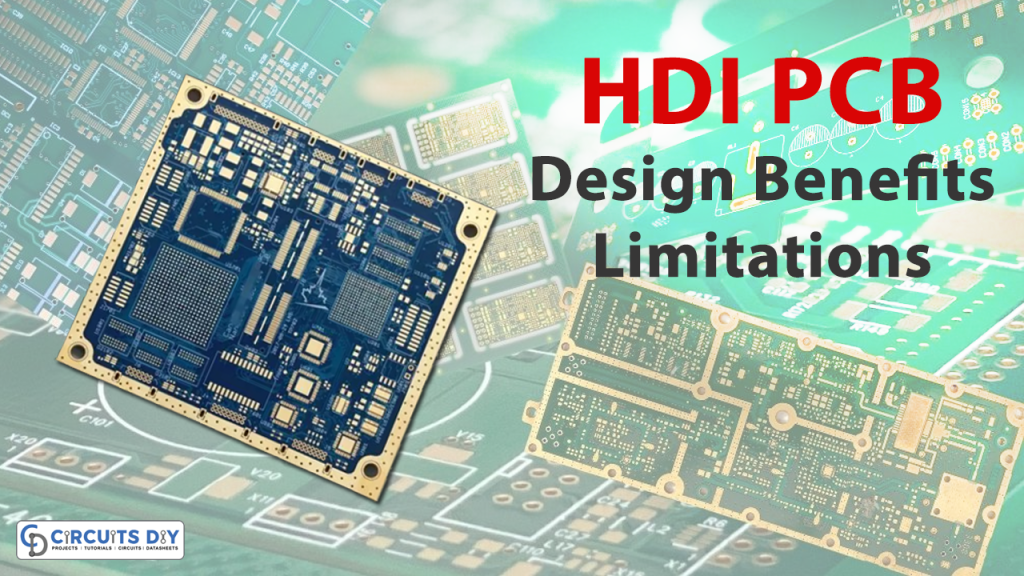HDI PCB Stackup Design: Balancing Performance and Cost
High-Density Interconnect (HDI) PCBs symbolize an important growth in produced world panel technology, providing superior efficiency in compact electronic devices. Unlike traditional PCBs, HDI PCBs power sophisticated manufacturing techniques to reach larger enterprise densities and smaller sort factors. This enables for the integration of more parts and performance into a smaller room, making them well suited for programs wherever measurement and weight are important factors.
Among the key features of HDI PCBs is their use of microvias, which are tiny holes drilled into the PCB substrate to generate connections between various layers of the board. These microvias enable better routing of signs and power, lowering signal reduction and improving overall electrical performance. Furthermore, HDI PCBs can integrate numerous layers of circuitry, more enhancing their efficiency and flexibility.
The compact measurement and high-density design of HDI PCBs also subscribe to improved signal strength and reliability. With faster indicate paths and decreased electromagnetic interference, HDI PCBs can help higher-speed information sign and more technical electric designs. That makes them well-suited for use in advanced electronics such as for instance smartphones, pills, wearables, and automotive systems.
Along with their electric efficiency benefits, HDI PCBs offer benefits when it comes to manufacturing performance and cost-effectiveness. By consolidating multiple components onto just one board, HDI PCBs minimize the need for additional construction steps and interconnects, streamlining the generation process and lowering over all production costs. More over, their smaller size and lighter fat can lead to savings on substance and shipping expenses.
HDI PCB engineering remains to evolve fast, pushed by the need for smaller, more powerful electric devices. Improvements such as for example piled microvias, successive lamination, and laser going are moving the boundaries of what’s probable with HDI PCBs, enabling even greater levels of integration and performance. As a result, HDI PCBs are set to perform a central role in the progress of next-generation electronics across a wide selection of industries.
Despite their many benefits, developing and manufacturing HDI PCBs may present challenges, specially in terms of layout, impedance control, and thermal management. Developers should carefully contemplate facets such as indicate strength, power distribution, and part place to hdi printed circuit board optimum efficiency and reliability. Moreover, the utilization of advanced manufacturing practices such as for instance laser going and constant lamination involves specialized equipment and expertise.

Over all, HDI PCBs symbolize a substantial improvement in produced world panel engineering, providing a mix of powerful, lightweight measurement, and cost-effectiveness that produces them well suited for a wide selection of applications. As electronics continue steadily to become smaller, lighter, and better, the need for HDI PCBs is estimated to grow, operating further invention in the field.
